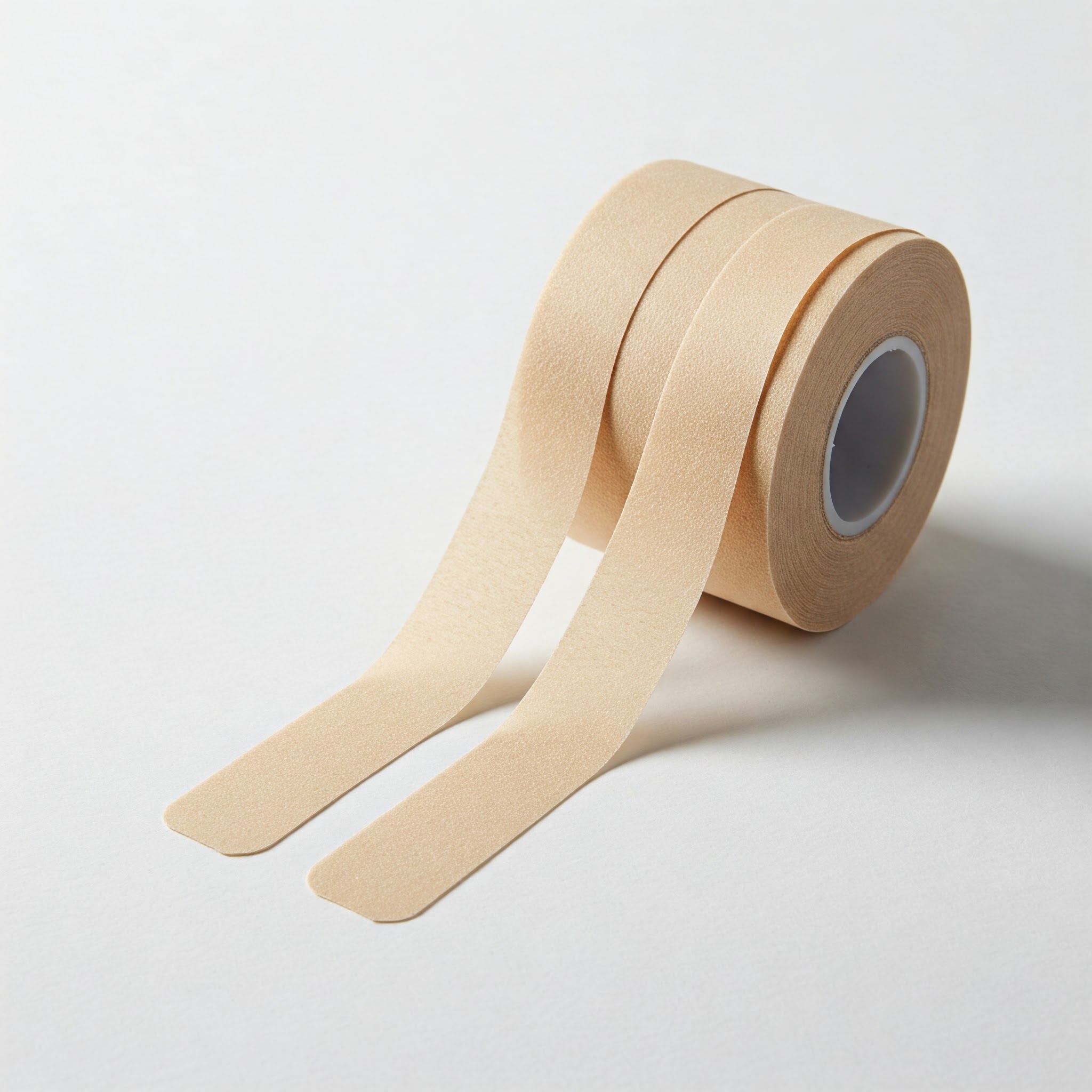In my recent article on improving posture while sleeping, I discussed how small adjustments to your sleep habits can lead to significant improvements in sleep quality. Good posture during sleep can support your airways, prevent neck and back pain, and promote restful sleep. Rather than jumping on the latest trend, it’s important to focus on evidence-based practices that are safe and effective for your individual needs.
In the world of social media, health trends often gain momentum without sufficient scientific backing. One such trend is mouth taping for better sleep—a practice that involves placing a small piece of tape over your lips before bed to encourage nasal breathing. Proponents claim it reduces snoring, prevents dry mouth, and enhances sleep quality.
However, experts warn that this viral TikTok trend could be dangerous, especially for people with underlying sleep disorders like sleep apnea.
What is Mouth Taping?

Mouth taping is exactly what it sounds like—using a piece of tape to keep your lips shut while you sleep. The idea is that by forcing yourself to breathe through your nose, you can improve oxygen intake, decrease snoring, and wake up feeling more refreshed.
Many people swear by it, saying they experience better sleep and improved oral health. However, scientific evidence on these claims is lacking.
Why is Mouth Taping Trending?
The #mouthtaping trend has gone viral on TikTok and Instagram, with users claiming it helps them sleep better and even improves their facial structure by training them to breathe correctly. I
nfluencers and alternative health advocates have promoted the practice as a natural remedy for snoring and sleep disturbances. But medical professionals are raising serious concerns about its safety.
Does Mouth Tape Actually Help the Jawline?

Some proponents believe that mouth taping can strengthen the jawline by encouraging proper tongue posture and nasal breathing.
While there is some merit to the idea that consistent nasal breathing supports facial structure, there is no strong scientific evidence that mouth taping alone sculpts the jawline or significantly alters face shape.
Does Mouth Taping Change Face Shape?
Nasal breathing is linked to proper facial development, especially in children. Mouth breathers often develop longer, narrower faces, weaker jawlines, and receded chins over time due to improper tongue posture.
While mouth taping might help reinforce nasal breathing, it is unlikely to dramatically alter an adult’s face shape. If facial structure concerns you, myofunctional therapy and orthodontic treatments may be more effective solutions.
The Science Behind Nasal Breathing vs. Mouth Breathing

There is scientific support for the benefits of nasal breathing over mouth breathing. Breathing through the nose helps:
- Filter and humidify air before it reaches the lungs.
- Increase nitric oxide levels, which aids in oxygen delivery.
- Promote proper tongue posture, which may reduce snoring.
Mouth breathing, on the other hand, has been linked to dry mouth, bad breath, and even dental problems.
However, forcing nasal breathing with mouth taping may not be the safest or most effective way to achieve these benefits.
What Do Mouth Breathers Look Like?
Chronic mouth breathing can affect facial structure. People who breathe through their mouths often develop:
- A long, narrow face
- Receded chin and weak jawline
- Dark circles under the eyes
- Poor lip posture with an open mouth
These facial characteristics are especially noticeable in people who have been mouth breathers since childhood.
Correcting mouth breathing early with orthodontics and myofunctional therapy can help prevent these changes.
Do Mouth Breathers Age Faster?
Yes, chronic mouth breathing can contribute to premature aging. Mouth breathing can cause dry skin, increased wrinkles, and sagging facial muscles due to improper oxygen intake and dehydration.
Additionally, nasal breathing promotes better oxygen circulation and helps maintain a more youthful facial structure over time.
The Risks of Mouth Taping

Despite its popularity, health professionals warn that mouth taping could pose serious health risks, particularly for people with undiagnosed sleep apnea, nasal congestion, or respiratory conditions.
❌ Can Worsen Sleep Apnea
Mouth taping can be extremely dangerous for people with obstructive sleep apnea (OSA). OSA causes repeated breathing interruptions during sleep due to airway blockages. Taping the mouth shut could restrict airflow even further, increasing the risk of oxygen deprivation.
❌ Suffocation Risk
Using strong adhesives or improper tape can make it difficult to open your mouth if needed. If your nasal passages become blocked during sleep, you could struggle to breathe properly, leading to panic or, in extreme cases, suffocation.
❌Bad for Lips
Mouth taping can cause dryness, irritation, and even damage to the delicate skin on the lips. Adhesive tapes may strip away natural oils and lead to cracked, sore lips over time.
If you decide to try mouth taping, use a gentle, hypoallergenic tape and apply a lip balm beforehand to minimize irritation.
What Health Experts Are Saying
A CNN report, citing experts from the National Institutes of Health (NIH), emphasizes that there is no scientific evidence proving that mouth taping improves sleep quality. The article warns that social media is spreading misleading health claims, potentially putting individuals at risk.
Safer Alternatives for Better Sleep

If you’re interested in improving your sleep quality without risking your health, consider these science-backed alternatives:
🔹 Nasal Strips or Dilators – These help open nasal passages for better airflow naturally.
🔹 Humidifiers – Keeping the air in your bedroom moist can reduce snoring and prevent dry mouth.
🔹 Proper Sleep Positioning – Sleeping on your side instead of your back can prevent airway obstruction.
🔹 Breathing Exercises – Techniques like Buteyko breathing or diaphragmatic breathing can help train nasal breathing safely.
🔹 Addressing Underlying Issues – If you have chronic nasal congestion, allergies, or signs of sleep apnea, consult a healthcare provider for proper treatment.
Mouth taping is an unproven sleep hack that may work for some, but it comes with potentially serious health risks. Experts strongly caution against it, particularly for people with undiagnosed sleep disorders or nasal blockages. Instead of following viral trends, focus on evidence-based sleep solutions that are safe, effective, and medically approved.



